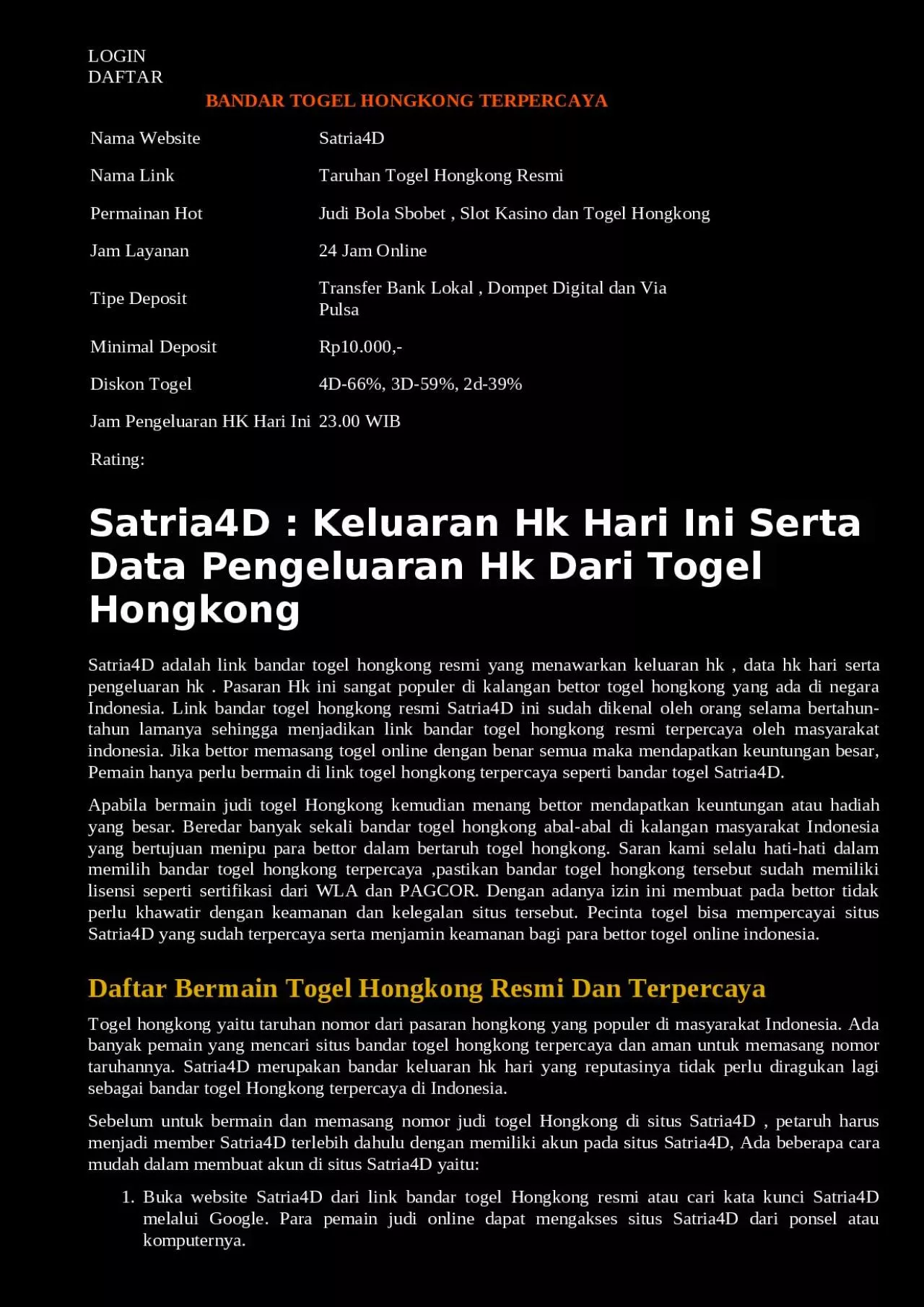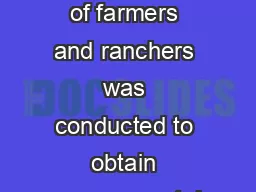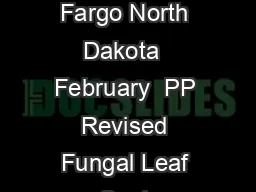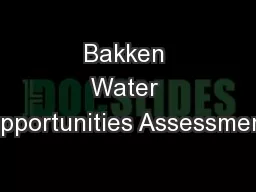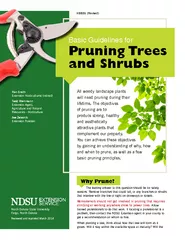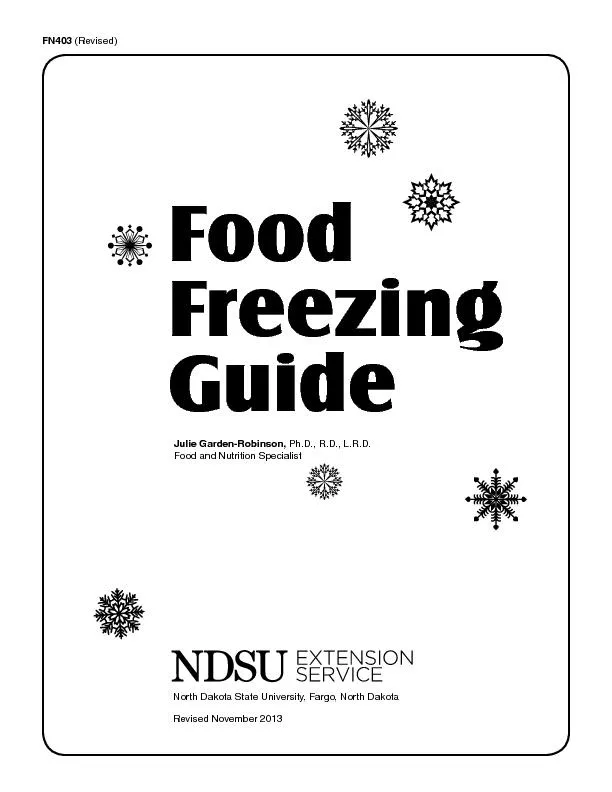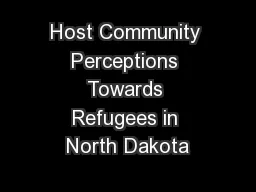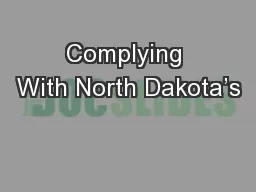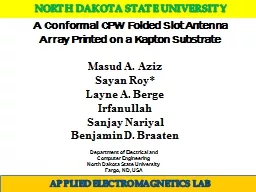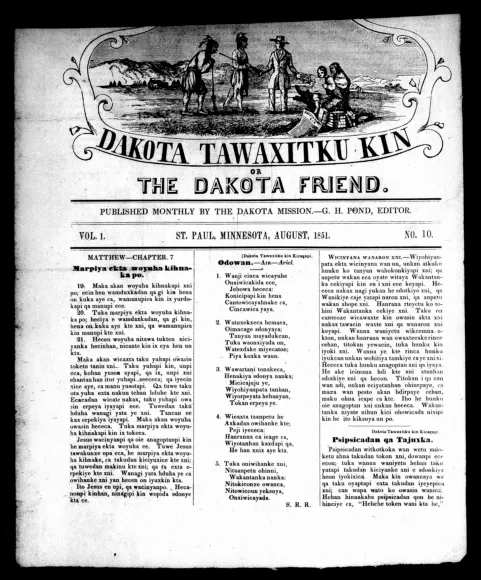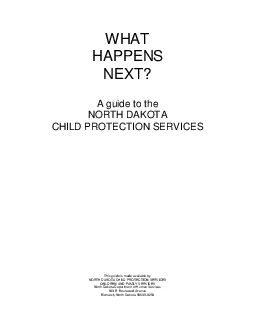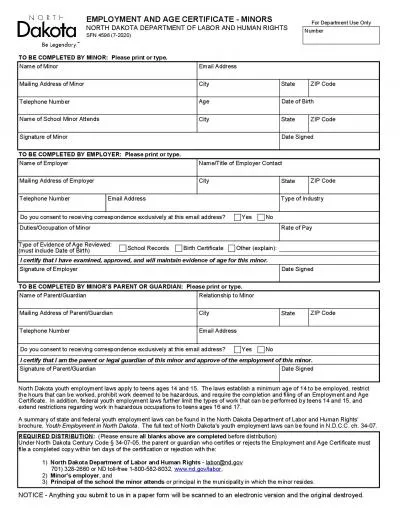PPT-North Dakota Family Based Services Conference
Author : singh | Published Date : 2022-06-11
March 31 2022 Linda Jo Volness MS APRN PMHCNS My pronouns are he her hers Quality Life Mental Health and Wellness Center Mood Disorders in Children amp Psychiatric
Presentation Embed Code
Download Presentation
Download Presentation The PPT/PDF document "North Dakota Family Based Services Confe..." is the property of its rightful owner. Permission is granted to download and print the materials on this website for personal, non-commercial use only, and to display it on your personal computer provided you do not modify the materials and that you retain all copyright notices contained in the materials. By downloading content from our website, you accept the terms of this agreement.
North Dakota Family Based Services Conference: Transcript
Download Rules Of Document
"North Dakota Family Based Services Conference"The content belongs to its owner. You may download and print it for personal use, without modification, and keep all copyright notices. By downloading, you agree to these terms.
Related Documents

